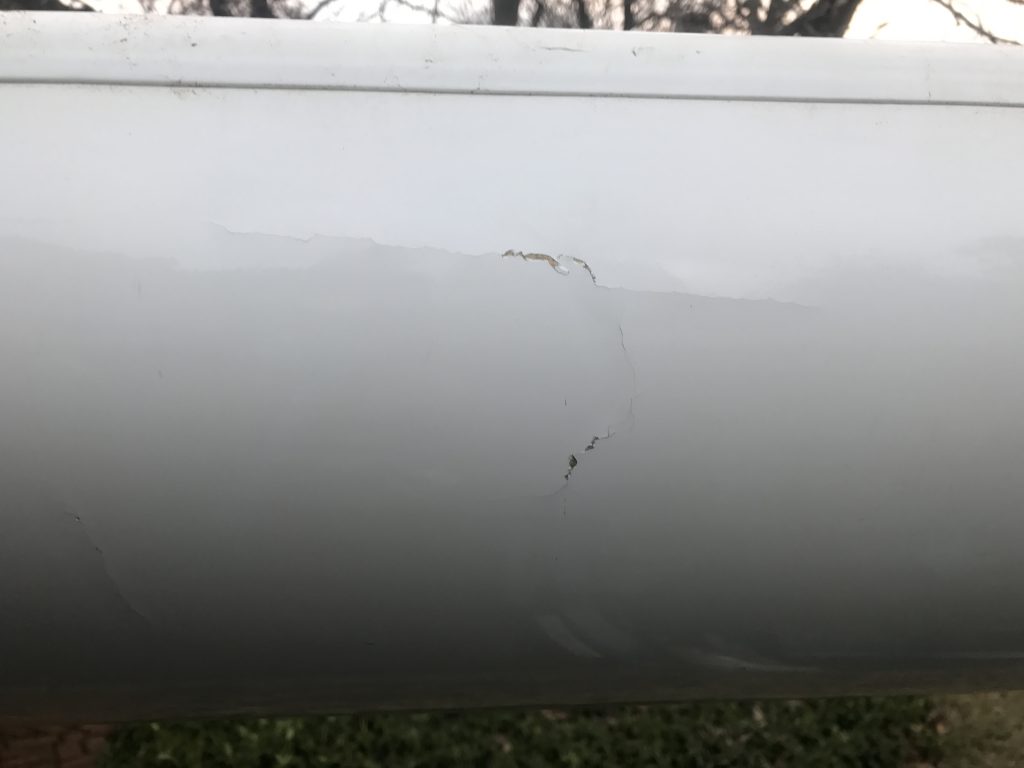As described in my previous post, I gave myself a project to reimplement an old website using new technologies in order to prove to myself and to potential employers that I can do all the modern stuff.
The “Step 1” prototype was completed 15 days ago. I only wrote about it early today because I was debating with myself whether I should write up each step or do it all at the end. But during that time I’ve managed to get the static HTML page re-written as a React+Redux dynamic front end. I included the deficiencies I mentioned in the first post – the accordion panels open and close with a click anywhere on the title bar, and I’ve added “disclosure triangles” to make it more obvious that the title bars are meant to expand.
It doesn’t talk to a back end yet (it just simulates it using setTimeout), but it does so some nice interactive features
- The title panes on each accordion panel update based on what you’ve chosen in the panel
- It updates the countries, states and provinces in the “Country/State/Province” panel based on the latitude and longitude range you entered in the Geographic Area panel.
- The state checkboxes don’t show up until you check the “US” checkbox in the country list, and similarly, the province checkboxes don’t show up until you check “CA” in the country list.
- The “Start Generating” button is disabled unless you’ve selected at least one entry in the Airport Types, Navaid Types or Fixes in Charts panels.
Even taking into account the fact that I was learning as I went, I think the code looks ok. I tried to make some common base classes, but in many or most cases, I discovered that convolutions required to make it general weren’t worth it and I just ended up with similar but not identical code – case in point: the various “*Check” classes. I also ended up putting several classes for each accordion panel together in one file – I’m not sure if that’s considered best practices, but it seemed to make sense to me.
The mockup is here. This code is now the third commit on this project on GitHub.
So for a next step, I was planning to write a back end. The back end would have no actual HTML pages returned, just a bunch of AJAX calls and responses, mostly all returning JSON. So I was thinking Django, which is what I’ve been using for the last several years, would be too heavy for that. Similarly, the Java back ends I’m familiar with are also pretty heavy. On the other hand, the existing backend is written in Perl, and frankly, I don’t want to do anything in Perl anymore. I wonder if Flask and SQLAlchemy would be a good choice?
I’ll also have to figure out how to read and store cookies so we can store a session id just like the existing site does, but that’s probably not a big deal.
I also have to think of how the file generation will work. In the old code, I spawned off (fork/exec) a program to generate the file, and then had the web server process looking at the log file the generator task to see how far it had gotten. That made sense when the back end computer was busier and the generator task took 5-10 minutes – I didn’t want to tie up an Apache thread for that long, plus I could use a very primitive hand-rolled bit of Javascript to show progress. These days generating takes less than a minute, so I’m wondering if I couldn’t just do a return “Content-type: application/octet-stream” directly in the Apache thread. I’ll have to investigate.
A much more minor change I’m thinking of is in the country list putting the US and Canada at the top of the list instead of being strictly alphabetical because most of the users of the site are from the US or Canada and it would make it easier to find them.
Cosmetically, I reused the banner from the old site. It doesn’t really match the light and clean look of the rest of the site. I should probably make something more in keeping with the look I’m going for. Similarly, the favicon looks like a Palm Pilot which was fine when most people were using my data for Palm Pilots, but kind of wrong for GPX.
Someday, I’d like to add a simple map that can use to select the geographic area. Even better would be displaying or even picking countries, states, and provinces on the map. I’ve done some quick googling and I can’t find a good map library.
Also, if I could get the backend working fast enough, it would be cool to give a running count of how many waypoints the user is going to get in his file with the current parameters.
Update: See Step 3

